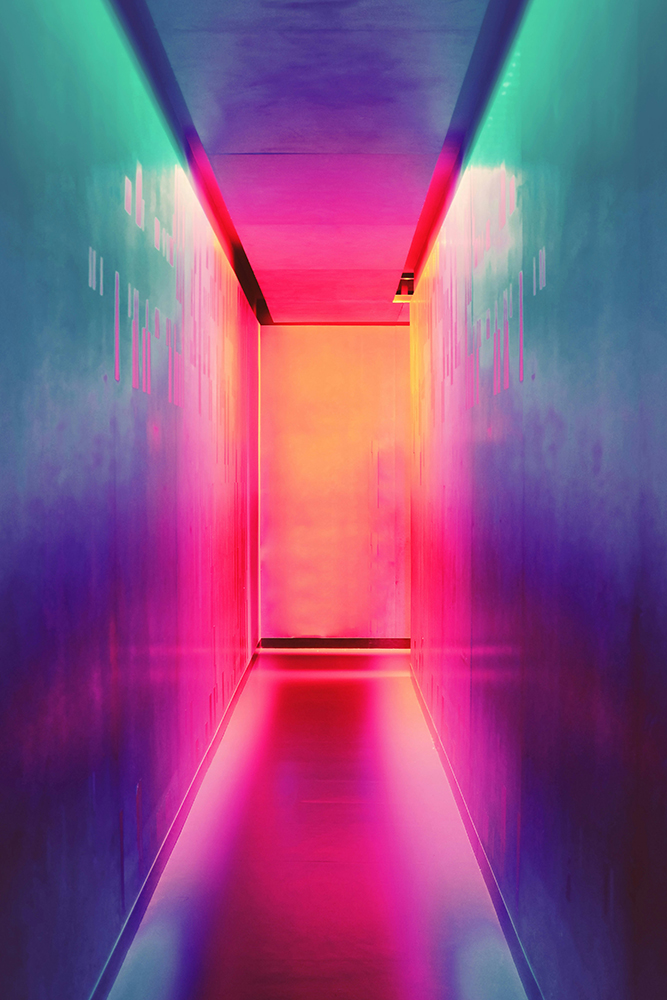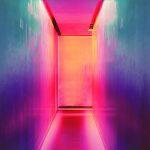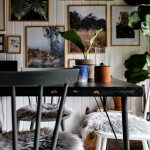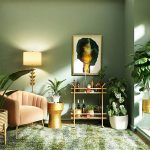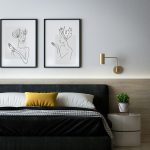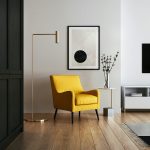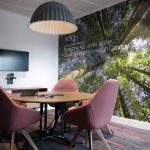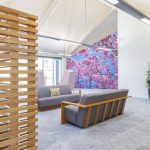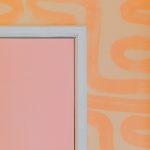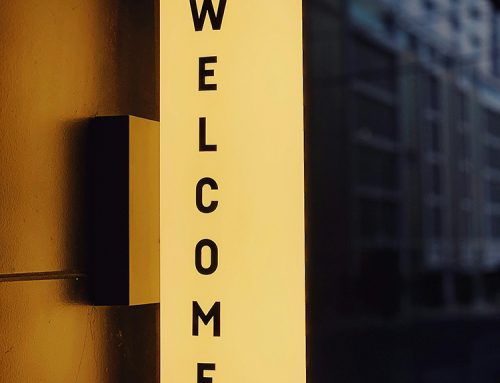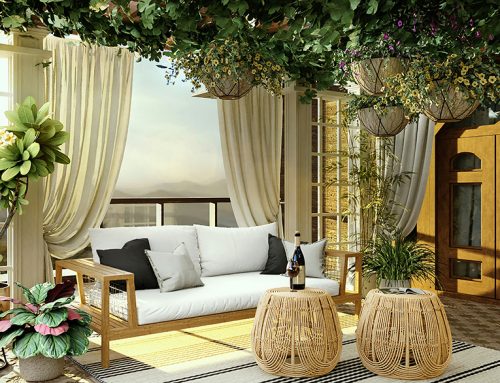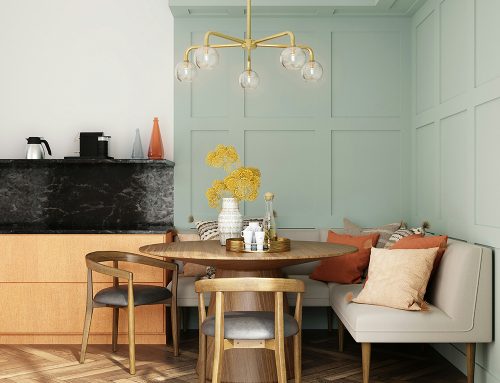This week in the Wylde blog we’re talking all things Art & Architecture. When we think of architecture, our minds often jump to the solid structures that define a building – the walls, ceilings, and floors that shape our spaces. However architecture is more than just functional design; it is also an expressive space where art and design breathes life into interiors.
We’re exploring the transformative role of art in interior spaces and how creative art applications – from prints and digital works to murals and installations – can elevate architectural design to create environments that evoke emotion, spark conversation, and enhance the human user experience.
Architecture and art have always been intertwined. Historic buildings across the world are celebrated not just for their structural ingenuity but also for their artistic embellishments! In modern interior design, this relationship remains just as vital. Art serves as a dynamic element within architectural spaces, offering more than just decoration. When thoughtfully integrated, it becomes a key player in shaping the atmosphere, function, and identity of an interior.
Printed works – whether they are fine art prints, photography, or illustrations – can set the tone for a room, conveying emotion, culture, and personality. Large-scale murals and installations can become focal points that give spaces a distinct identity. Whether it’s the serene atmosphere created by a landscape painting or the bold statement of an abstract digital work, art can define the mood of a space and align it with the intended purpose, be it a calming retreat or a vibrant, social hub.
In a residential setting, art is often personal. It allows homeowners to infuse their living spaces with expressions of their identity, whether through curated gallery walls or a single standout piece that dominates the room. In corporate or hospitality environments, art can reinforce brand values and create a memorable experience for visitors.
Beyond hanging pictures on walls, art can directly shape the physical dynamics of an interior. Sculptural installations, for example, can redefine how a space is navigated. For architects and interior designers, these installations are not just decorative accents but crucial elements that interact with the spatial geometry and way-finding. They can soften harsh architectural lines, introduce fluidity into rigid spaces, and offer visual contrast or harmony that makes the overall design more compelling.
Ways of integrating art and architectural design is not limited to walls. Textiles, wallpapers, and surface finishes offer endless opportunities for artistic expression. Printed fabrics with custom designs can bring texture, colour, and pattern into a space, while bespoke wallpapers featuring hand-drawn or digitally created art can turn even the smallest room into a visual masterpiece. Surface art, whether applied to furniture, flooring, or ceilings, allows designers to break the boundaries of conventional decorating. For example, terrazzo flooring embedded with artistic patterns or tiles featuring intricate, artful designs can transform a functional surface into a key element of the room’s character. In this way, art becomes integral to the architecture itself, not just an add-on.
For architects and interior designers, integrating art into their projects requires collaboration, foresight, and an understanding of both the space and the people who will occupy it. The art should not be an afterthought, but an integral part of the design vision from the start. Whether through large-scale installations, interactive digital displays, or subtle yet impactful prints, art has the power to transform interiors into environments that are not only visually stunning but also rich in meaning and experience.
As we continue exploring new ways to design the spaces we inhabit, art will remain a key point – shaping not just how our spaces look, but how they feel, how we connect with them, and ultimately, how they improve our quality of life!

